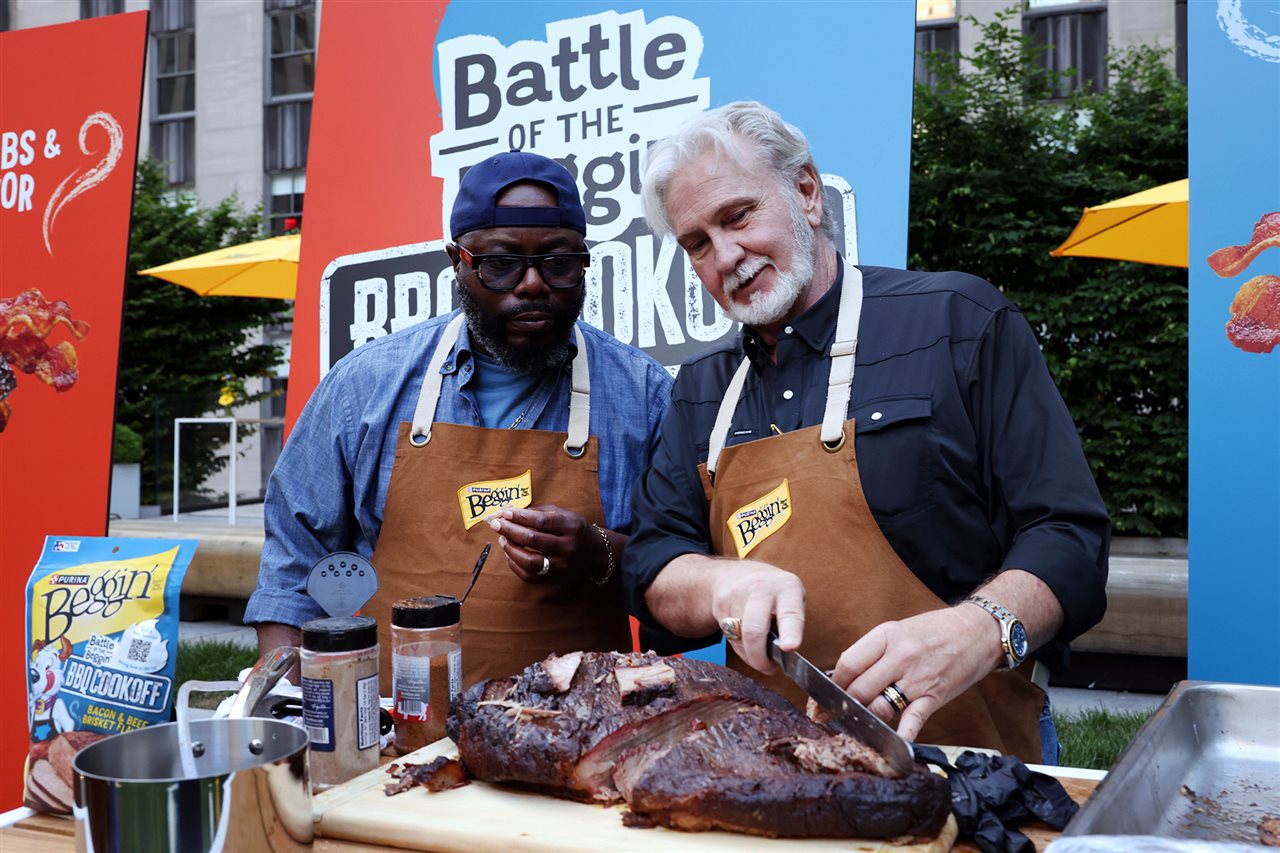2025-07-17T10:01:00
(BPT) – Inflation has impacted consumer spending habits as buyers appear to be more focused on getting the most out of every dollar they spend. But it’s not about finding the cheapest product, it’s about finding something that feels worth it. For this, consumers are turning to MVP brands, offering “more value for the price.”
According to recently released research from Deloitte, four in 10 American consumers are now “value-seekers,” meaning they engage in three or more cost-conscious, deal-driven or convenience-sacrificing behaviors per month while buying groceries, booking a leisure trip, dining out, making retail purchases or even buying a vehicle. Deloitte’s Value-Seeking Behavior index rose 10% from September 2024 to April 2025.
Inflation turned consumers into value skeptics
Beginning with inflation that peaked in 2022, consumers’ belief that they are paying fair prices and getting a good value decreased by 61% and 30% on average, respectively, and it doesn’t seem to be recovering. For example, in May 2025 Deloitte’s ConsumerSignals tracker found only 32% of consumers said they get high value out of a typical bag of groceries. Only 27% said they get high value from leisure airfare, and 20% said they get high value from restaurant delivery services. As a result, companies across all sectors face the challenge of proving they can deliver meaningful value that resonates.
Value-seeking spans demographics
Value-conscious behavior appears to not only be more widespread but also seemingly more deeply ingrained across demographics. Although lower-income consumers, who seek value out of necessity, account for 40% of value-seeking consumers, they aren’t the only ones looking for a deal. It may be surprising that 23% of consumers earning $200K or more yearly are value-seekers. These high-income households have a much wider range of reasons for value-seeking, including changing perceptions of the economy, job opportunities, retirement security and feeling stretched by housing costs. This group also has the most extreme behavior changes when they become value seekers, making the most dramatic cuts to their discretionary spending compared to their non-value-seeking income peers.
The research shows that younger generations are watching how they spend: 40% of Millennials and 44% of Gen Z said they take part in three or more value-seeking behaviors. However, nearly half of Gen Xers (49%) and Boomers (43%) are value-seekers, too.
It’s not about price, it’s about being ‘worth it’
So, what makes a brand valuable to consumers? It’s not just about affordability and offering the lowest price.
Across five major sectors (grocery, apparel, restaurants, automotive and hotels), price perceptions predict between 60% and 90% of value perceptions. However, some brands still outperform their predicted value by delivering more than expected. Consumers tend to choose brands with stronger value narratives, even if they offer products at slightly higher price points.
Ten to 40% of perceived value comes from brands providing consumers with something extra, including three things MVP brands offer better than others: quality, attitude and trust. At both high and low price points, companies that provide more value than predicted have a higher net purchase intent and are winning household share.
The research highlights that consumer households shifted roughly 2% over three years to purchasing at MVP brands across grocery, restaurants and hotels, and 0.6% for apparel. This means that companies solely focusing on pricing might be leaving money on the table. MVP brands appear to be gaining new customers from their competitors, but many companies may be missing out, as only one out of three brands is considered an MVP.
“Value-seekers are looking for more than the lowest price tag—they want brands that deliver additional value, whether that’s through quality, reliability, trust or a better overall experience for their money. Brands that recognize and deliver on this broader definition of value could gain customers and loyalty,” said Mike Daher, vice chair and U.S. consumer industry leader, Deloitte.
With today’s consumers facing a challenging economic environment, many look to be moving toward brands that they perceive as providing more value for the price, not just the cheapest product. This breaks the myth that value-seeking equals “low-cost.” Many consumers are likely looking for the best “bang for their buck.”
To learn more about Deloitte’s findings, read the full report: The Value-Seeking Consumer: Competitors Could Lose Out to Brands Offering More than Low Prices.














